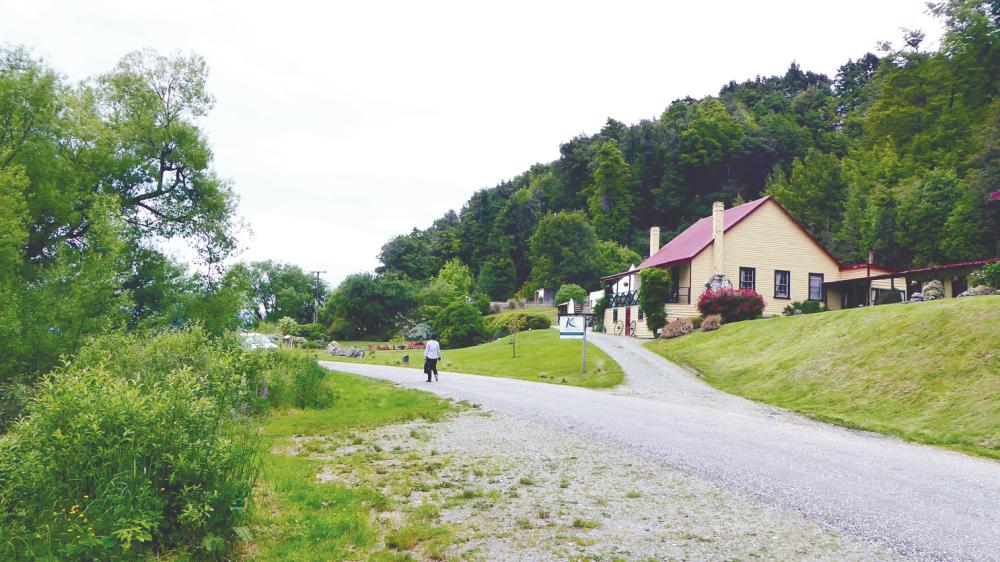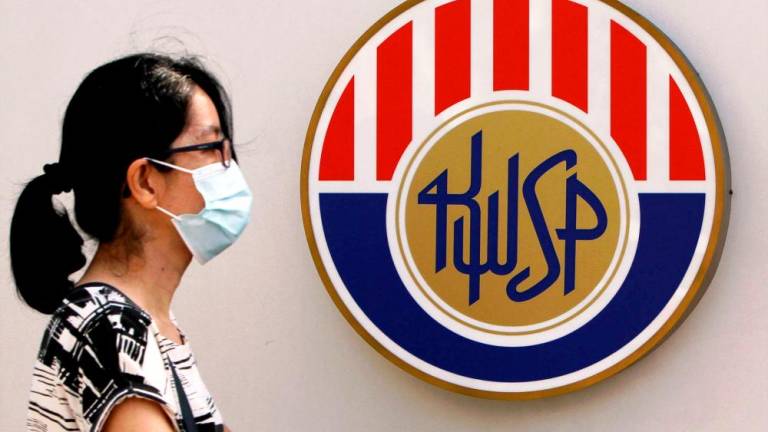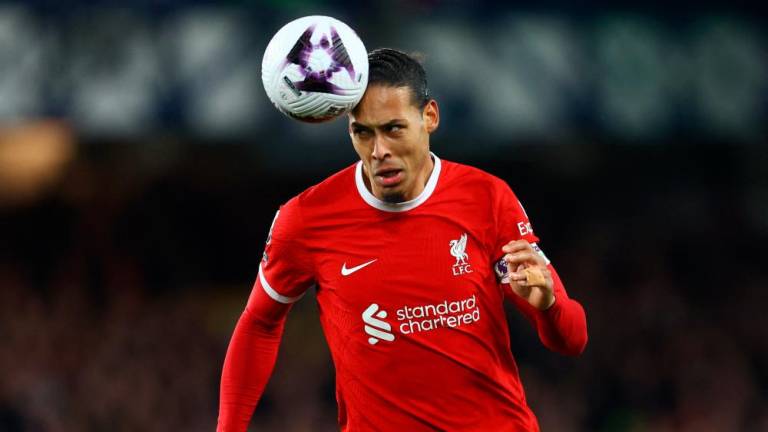CALL it a leap of faith, or an act of brashness. But there are many among us who are foolhardy, going by the long queue waiting to bungee jump off the Kawarau Gorge Suspension Bridge somewhere off the highway to Queenstown, on the South Island of New Zealand.
Fortunately, experiencing New Zealand is more than just an adrenaline rush. For a start, it’s a feast for the eye.
The native Maori call it Aotearoa, or the Land of the Long White Cloud, for the cloud formation that used to guide the early Polynesian explorers to the two islands that make up one of the southernmost nations on Earth.
During a recent jaunt in the South Island, we started out from Queenstown, an urban centre that sits on the shores of Lake Wakatipu, south to Te Anau and then north towards Wanaka, and ending in Christchurch.
Queenstown is located in Otago, in the south of the South Island, best known for its lakes – hence its name the Lake District. Apart from Wakatipu, among the other inland water bodies in the district are Lake Wanaka and Lake Hawea.
The rolling countryside, its low hills and gentle valleys combine to evoke a serenity and calm now in short supply. Sheep and cows rule the land.
A great place to stop is Glenorchy, on the northern shores of Lake Wakatipu. For fans of The Lord of the Rings, it is somewhere near here that Boromir met his end.
Here too is Paradise. For good or bad, it’s not what one would imagine – not the Garden of Eden, a place free of care and worry, nor a land flowing with milk and honey. In fact, it barely qualifies as a town.
But it also represents Middle Earth as well as part of Lothlorien, the realm of the elves where Gandalf and Frodo and their motley crew forged the Fellowship of The Ring.
While in the region, take a short detour to Arrowtown, where there was once a substantial Chinese population, attracted to the area by the discovery of gold in 1862.
All the Chinese migrants wanted to do then was to make as much money as they could, then return to their motherland. Perhaps that was why their contribution to the New Zealand economy was never fully acknowledged for more than a century.
Records show that in the 1870s, this resilient community made up 17% of Arrowtown’s population, and 40% of its miners who produced 30% of its gold.
A point of interest are the remains of an outhouse. There is no evidence of a door, but then again, it could have been normal back then to do one’s business in full view of the neighbours.
A trip so far south is not complete without taking a cruise in the fjords of New Zealand, and for that, take a drive down to Milford Sound. The best views come during a downpour.
The runoffs from the rain could be seen cascading down the cliffs to meet the sea down below. We also caught sight of several seals perched on a rock, most likely spending some quality time together as a family.
Another must-see place in the south is Mt. Cook, named after the man who first discovered the two islands for the benefit of the British Empire.
An easy way to see the peak is to stop at Aoraki, or Mt. Cook National Park, then make the climb to the top of a hill to catch a glimpse of the famous summit.
Along the way, stop at the Blue Lake, but don’t let its name fool you. The algae thriving beneath its surface has actually given the water a greenish hue.
At the top, you not only get to see Mt. Cook but also a part of a glacier that ends on the shores of yet another lake.
A short way from Te Anau, the Cargo Brewery at Waitiri Creek is another essential stop. One could spend a whole afternoon sampling the wide selection of beers and wines while tucking into a whole platter of meats or a simple pizza.
It’s not a place you want to leave once you get there, but all the same Christchurch beckoned. One of the largest cities on the South Island, Christchurch appears provincial compared to George Town or Kuala Lumpur.
Traffic was so thin when we arrived – it was a Monday – that we thought it was a public holiday. But the city is not without its attractions.
Check out the city’s many pubs, and each will seem more enjoyable than the previous one. We liked Fat Eddie’s, a pizza joint that has a great selection of craft brews.
While it’s a great place for a break, visitors should also take note of a few things. Even in summer, the mercury could plunge to below 10°C. It was down to 7°C when we were at the fjords and Mt. Cook.
Renting a car is preferable to taking the bus or train. You can take your time and it’s not too expensive. We got a medium size car for only RM163 per day.
But food and drinks can be a little pricey. Dinner for two could set you back as much as RM150 to RM200. Of course, there are cheaper options, such as burgers (NZ$15.40 or RM42 for one that most likely can be shared by two) and sandwiches.
To the tourists, the Kiwis refer to their home as “100% Middle Earth”. And for some of us, it comes as close to Paradise as possible.










